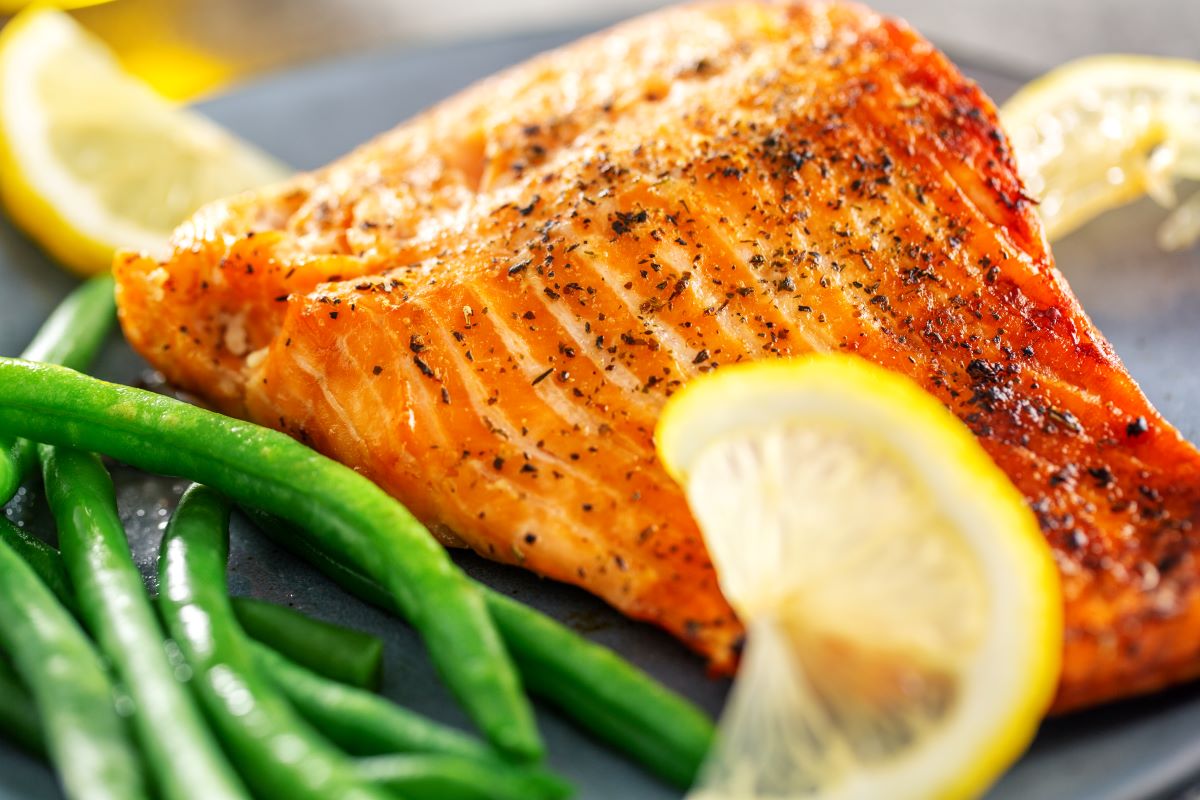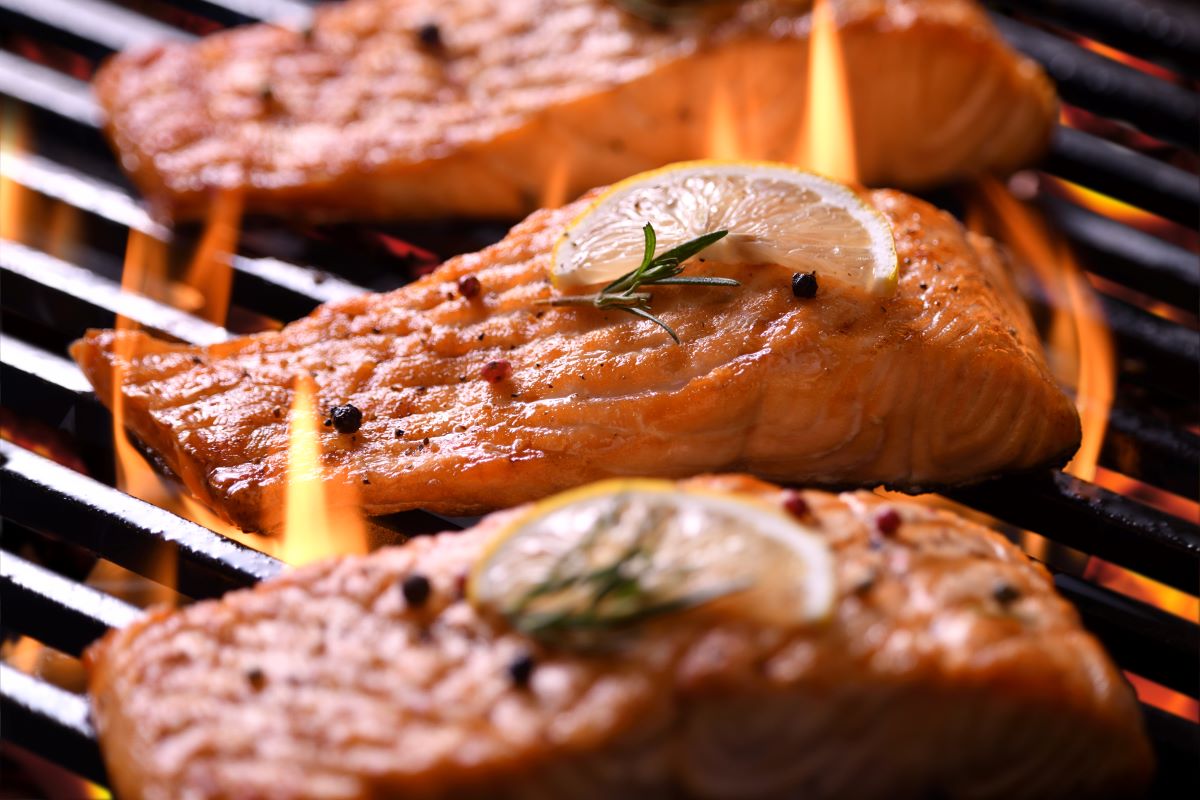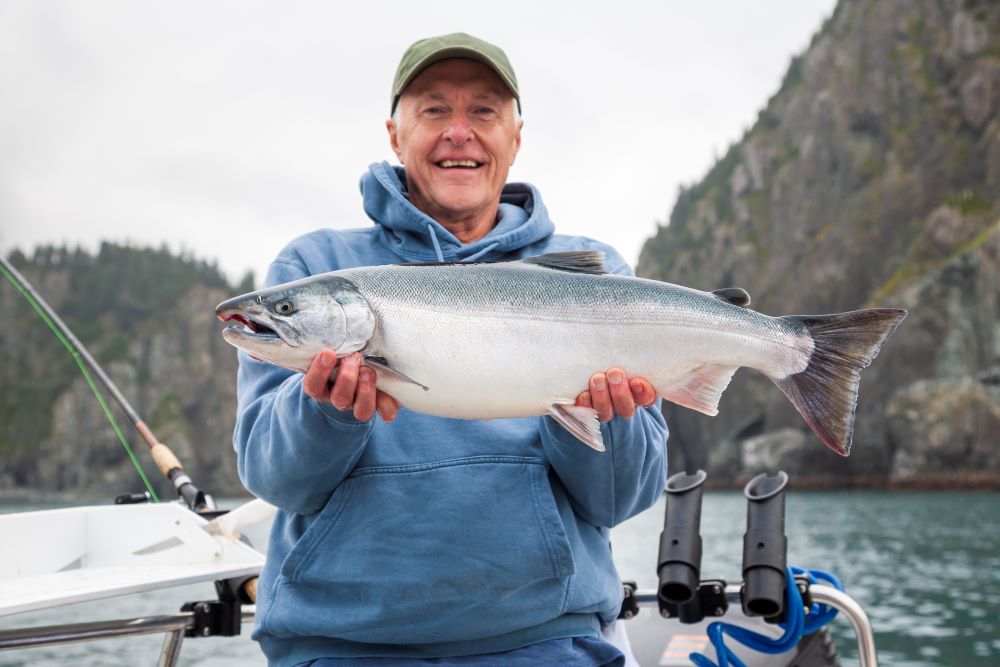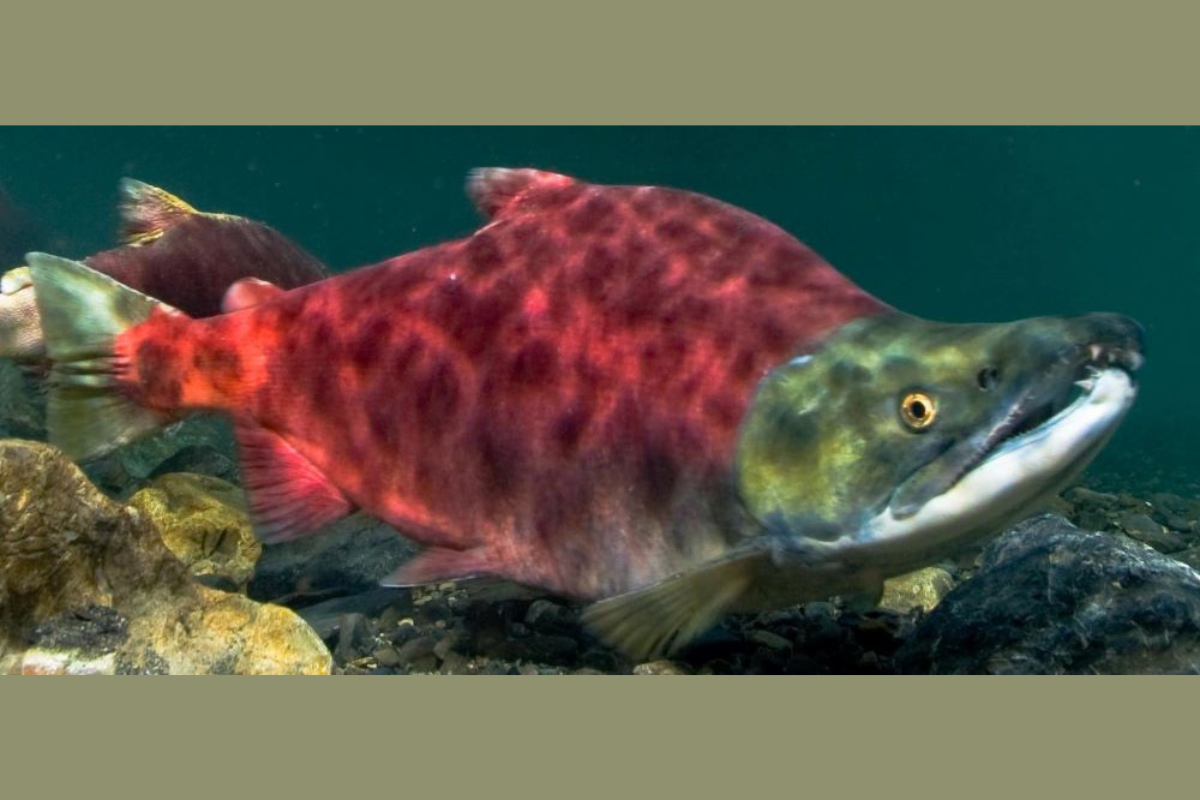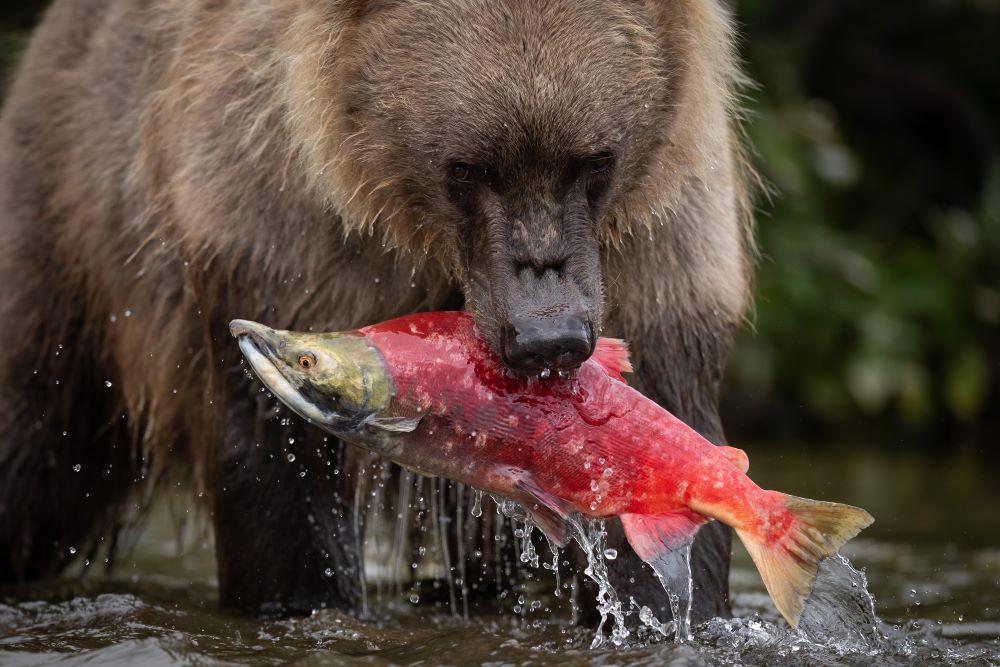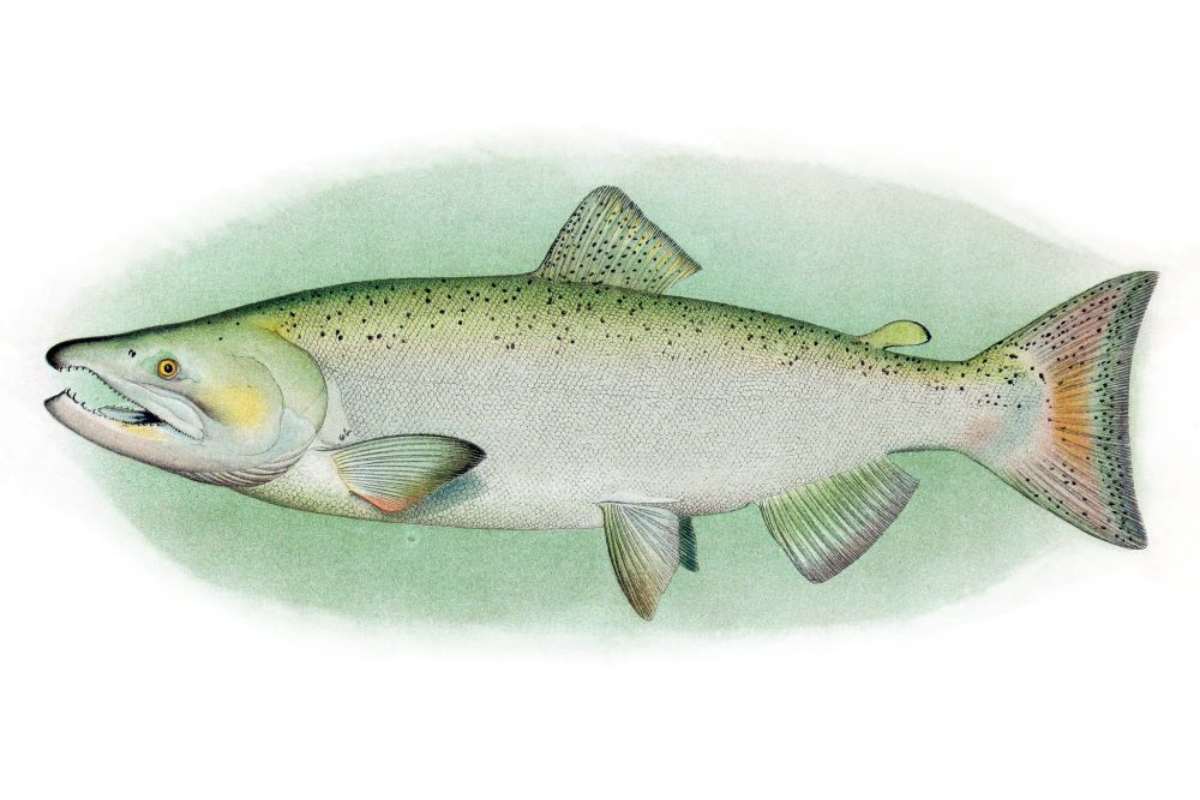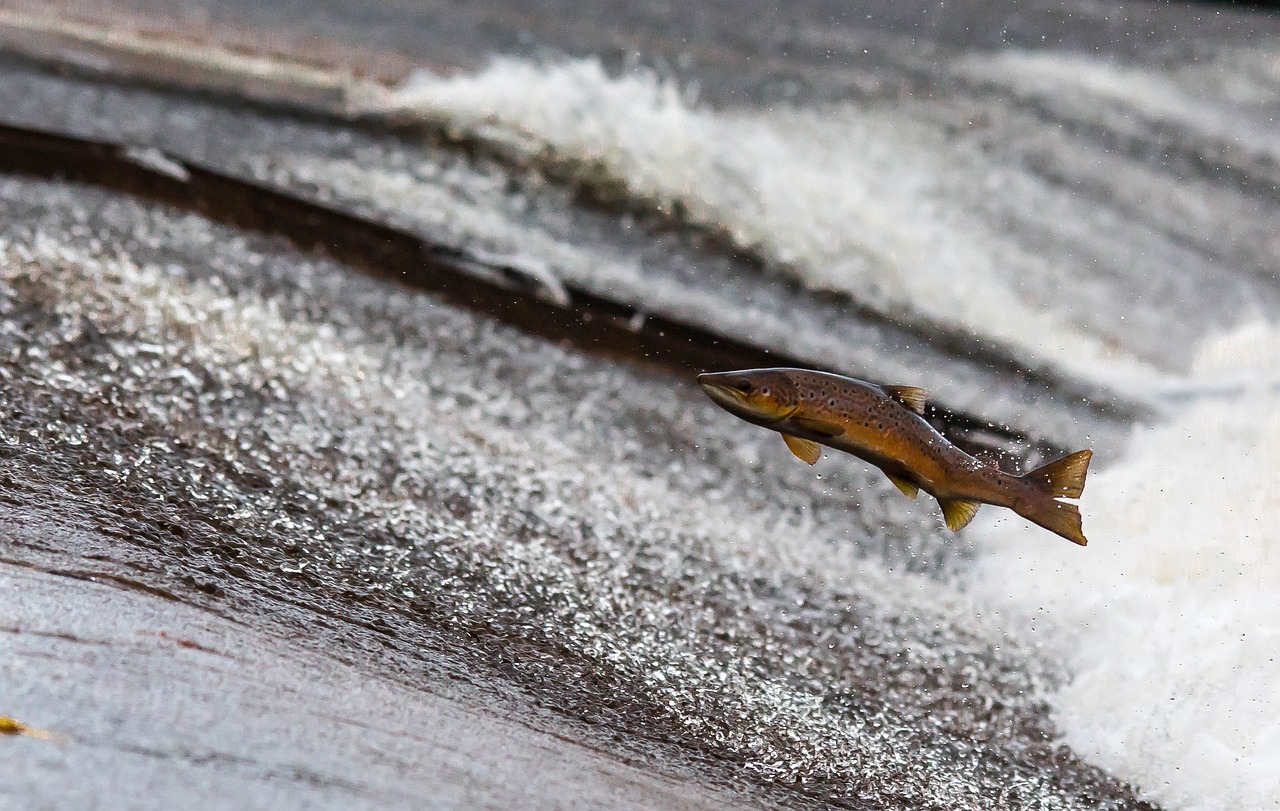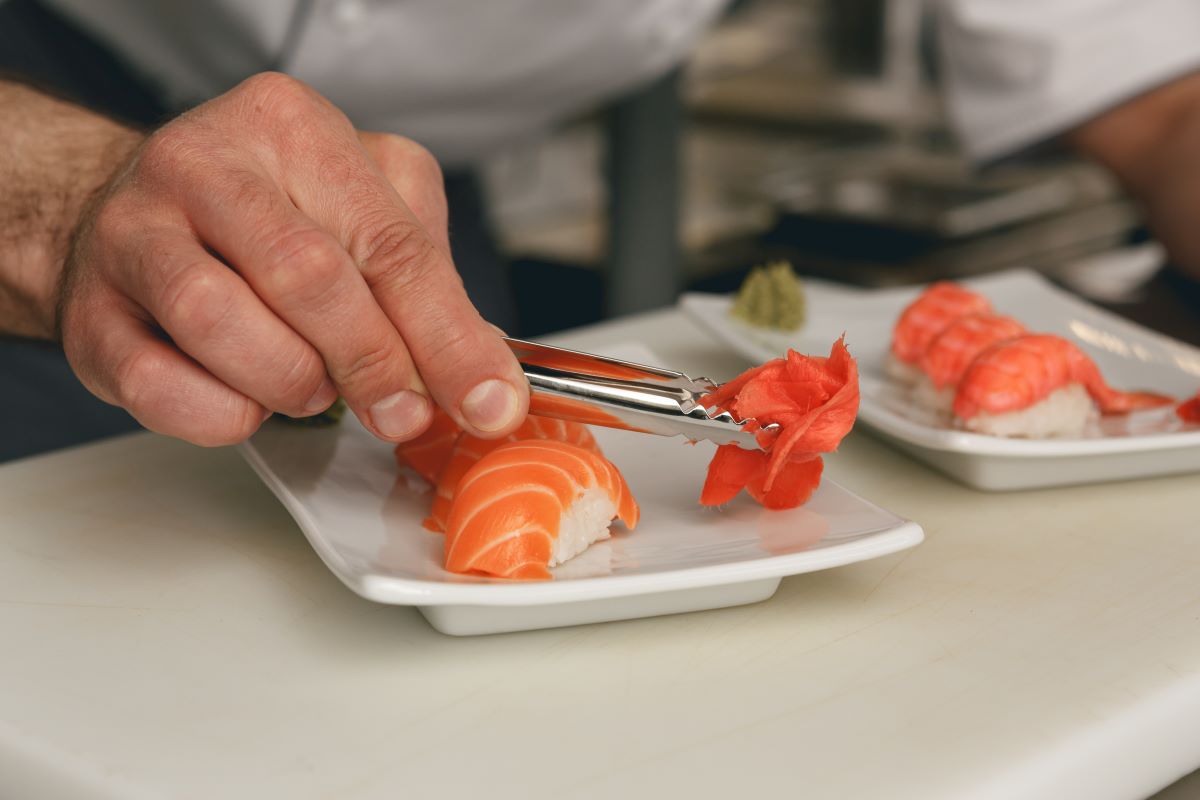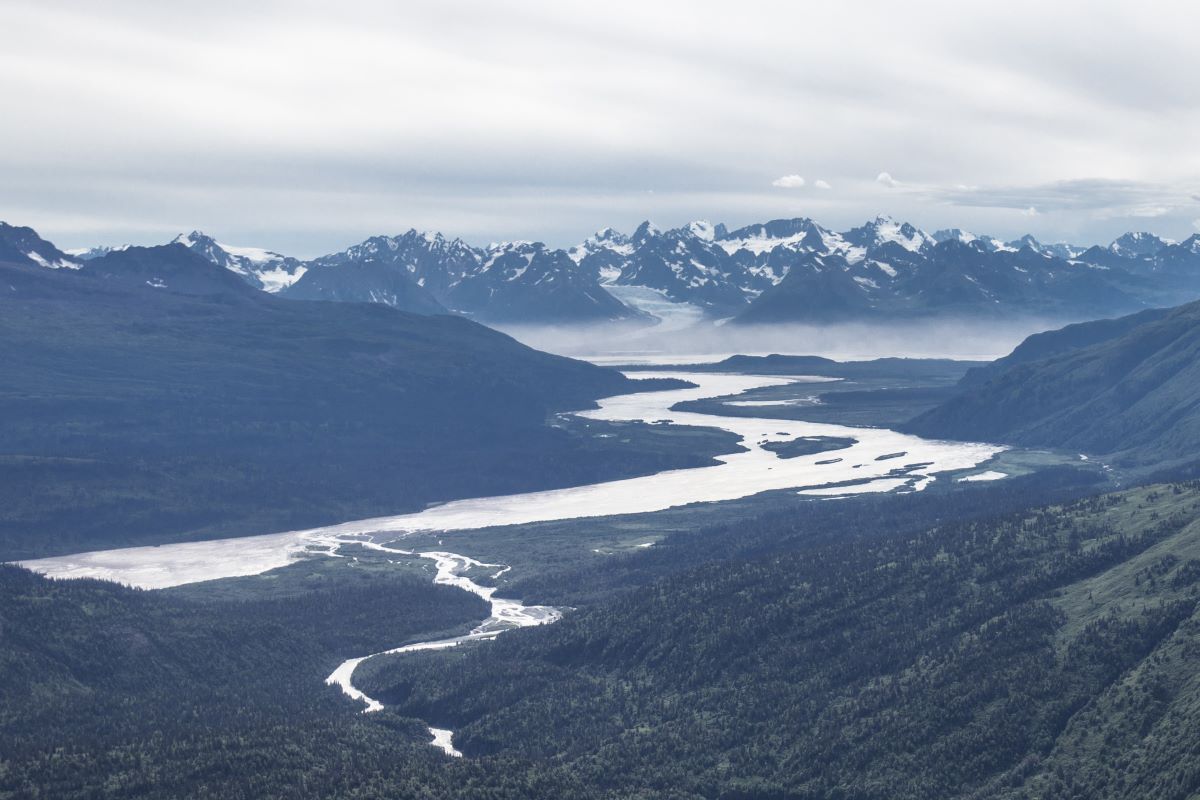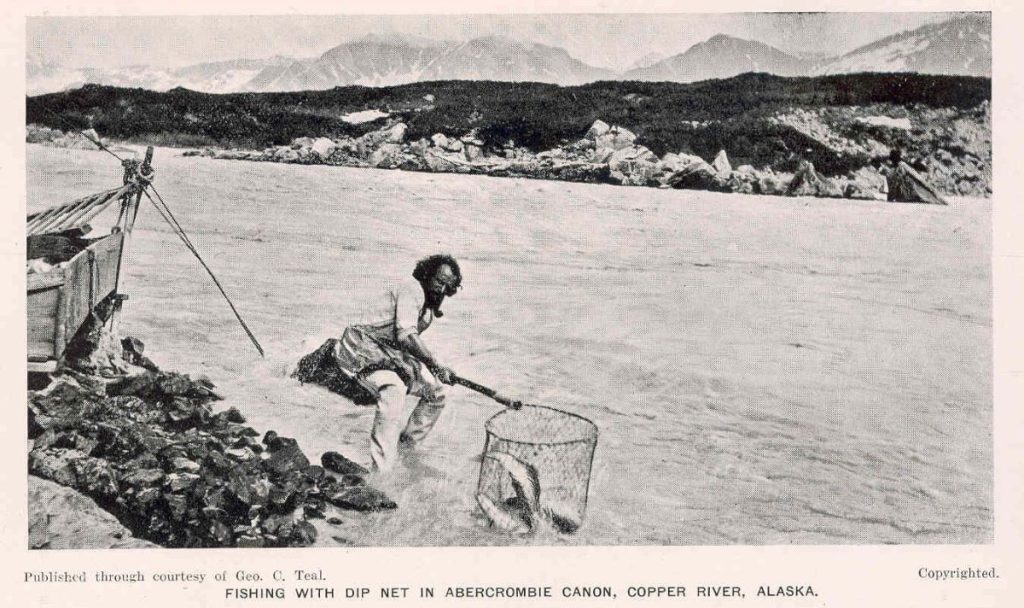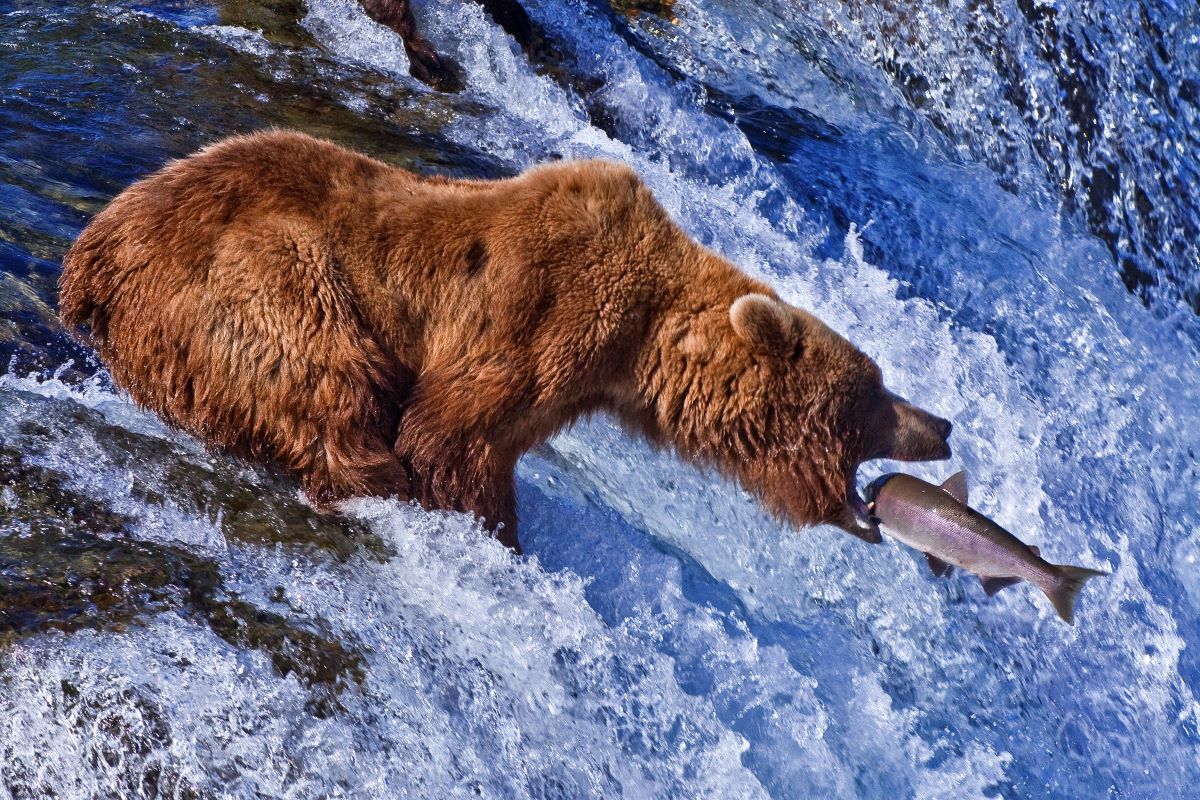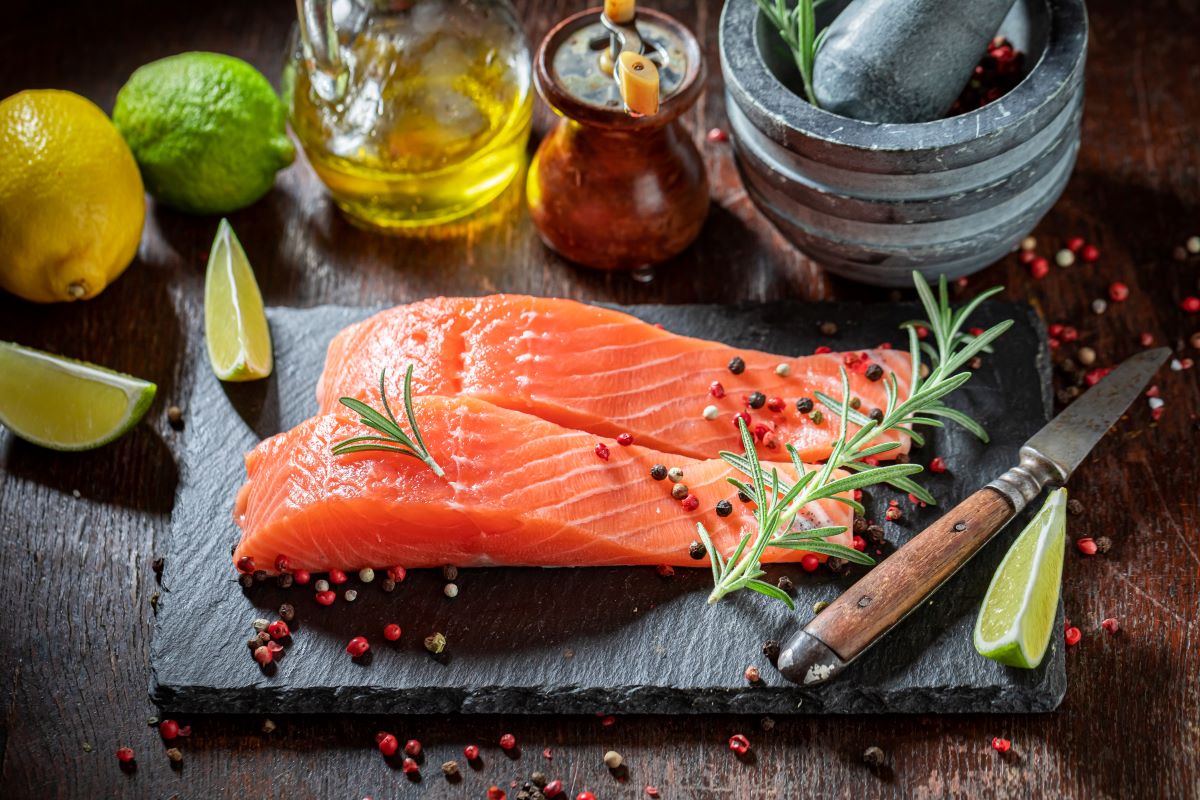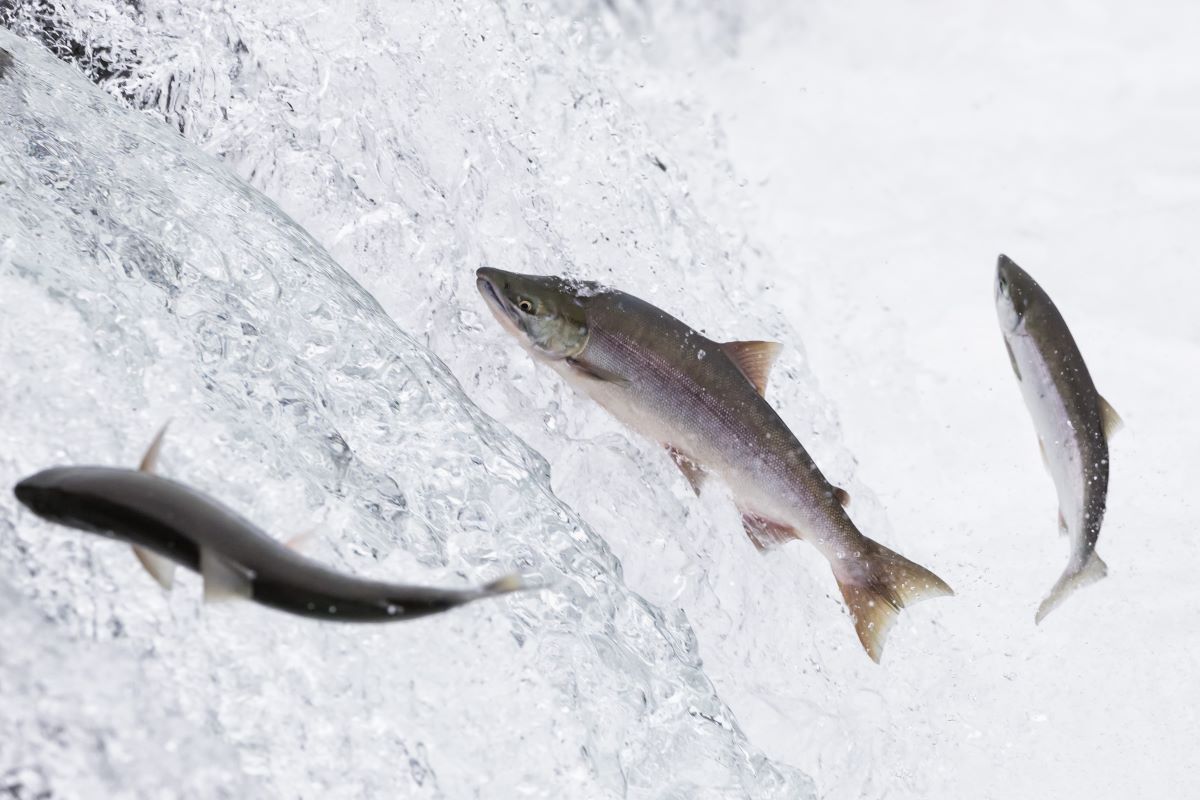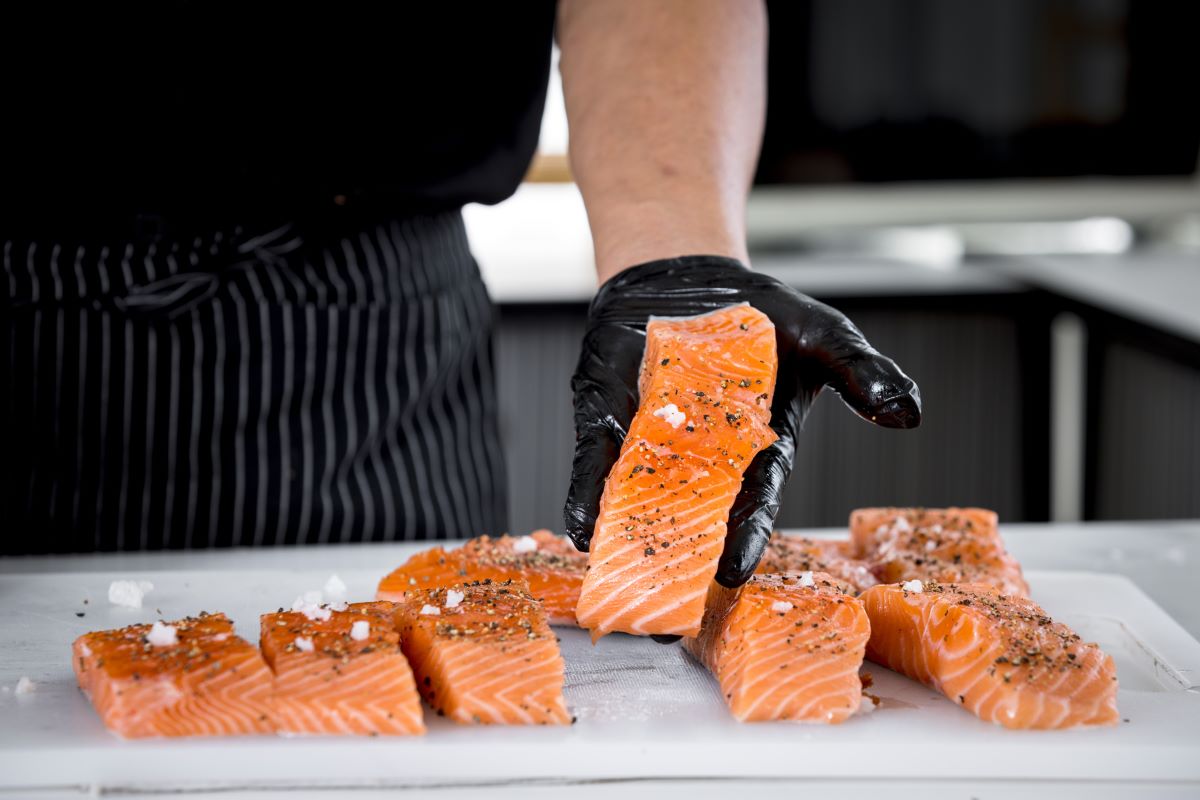
Copper River salmon is the best in the world. Wild Chinook (King), coho, and sockeye fillets are delicious, nutritious, endlessly versatile, and prized by both home chefs and fine dining establishments. Today we’re answering your questions about ordering Copper River salmon from CopperRiver.com.
Who can buy salmon from CopperRiver.com?
We offer individual 6-8 ounce skin-on Chinook, coho, and sockeye fillets and 16-ounce skin-on portions of smoked sockeye salmon to residential and commercial customers in the United States and Canada.
Our customers include individuals, fine dining restaurants, country clubs, and anyone with a discerning palate for delicious salmon.
When can I order salmon from CopperRiver.com?
Our Copper River wild salmon is available all year. We offer fresh fillets during the summer salmon runs and flash-frozen (also called blast frozen) fillets year-round.
Customers from Palm Springs, CA, to Phoenix, AZ, to New York, NY, can enjoy a taste of the Alaskan wild even during the winter.
How is CopperRiver.com salmon shipped?
Both fresh and flash-frozen salmon going to residential customers is shipped overnight on dry ice. Country clubs and restaurants that want larger orders are eligible for bulk volume using our national distribution providers.
Why should I buy my salmon from CopperRiver.com?
At CopperRiver.com, we are dedicated to providing you with the highest quality salmon from the finest salmon fishery in the world. All of our products come directly from the icy waters of Alaska’s Copper River.
The fish are sustainably harvested to preserve the Copper River Basin ecosystem while offering our customers all the benefits of eating wild salmon. We believe it is firmer, more flavorful, and healthier than farmed salmon.
We have all three varieties of wild Copper River salmon available year-round, as well as a smoked option. By offering individually sized portions, we maximize the versatility of your order. You choose the combination of Chinook, coho, and sockeye and the number of servings that best fits your needs and tastes.
How do I order salmon from CopperRiver.com?
Unlike other companies, we communicate with you directly from word one. Fill out the form below (there is also a form on each product page) and we will work with you to provide the specific products and quantities you need when you need them. We take pride in the salmon we offer and love sharing the bounty of the Copper River throughout the year.
